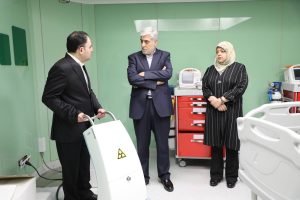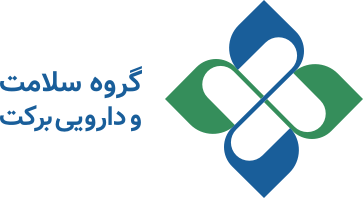
Effective investments & strategic initiatives: Iran`s regional leader in pharmaceutical sector
Barekat Health & Pharmaceutical Group: The pharmaceutical sector plays a vital role in promoting public health, improving the quality of life, and increasing life expectancy in any country. Medications, crucial for the prevention, treatment, and control of diseases, form a cornerstone of economic and social development. In recent years, Iran has focused on strengthening its pharmaceutical industry to meet domestic demand and emerge as a key player in regional drug exports, leveraging its strategic geographical position and substantial population.
Over the past two decades, Iran has invested in research and development, introduced new drugs, and advanced drug delivery technologies to enhance the quality and competitiveness of its pharmaceutical sector in international markets.
However, significant obstacles, including international sanctions, raw material shortages, currency volatility, and managerial inefficiencies, have hampered the sector’s growth. These challenges must be addressed to unlock the full potential of this vital industry.
Investment landscape in Iran’s pharmaceutical industry
Iran’s pharmaceutical industry consists of public and private sectors, both of which have experienced considerable growth. In recent years, private and knowledge-based companies have played an increasingly prominent role, particularly in the development of biologic drugs and Nano medicines. Government investments in research infrastructure, including the establishment of technology parks and pharmaceutical research centers, have bolstered the industry. However, these investments have yet to reach full productivity due to persistent financial, technical, and managerial challenges.
A strategic priority for the government is to boost domestic drug production and reduce reliance on imports. This effort requires sustained investment and commitment to addressing structural challenges.
Challenges to investment
Despite the sector’s potential, several significant challenges impact investment in Iran’s pharmaceutical industry:
- International Sanctions:
Economic sanctions severely limit Iran’s access to raw materials, equipment, and advanced technologies. This restriction increases production costs and reduces the competitiveness of domestically produced drugs in international markets. - Currency Fluctuations:
Iran’s pharmaceutical industry is heavily reliant on imported raw materials, and fluctuations in exchange rates have a direct impact on production costs and profitability, particularly for small and medium-sized enterprises (SMEs). - Dependence on Imported Raw Materials:
The industry’s reliance on imported raw materials is a serious vulnerability, especially under sanction conditions. While efforts are underway to produce raw materials domestically, this transition requires significant investment and time. - Regulatory and Bureaucratic Obstacles:
Inefficient and complex regulatory processes delay new product introductions. Lengthy procedures for obtaining permits, importing raw materials, and registering drugs, coupled with a lack of coordination among government agencies, create further challenges for manufacturers. - Workforce Challenges:
Although Iran has a large pool of pharmaceutical graduates, there is a shortage of skilled workers in advanced drug production and supply chain management. The emigration of talented professionals exacerbates this issue. - Limited Foreign Investment*: Sanctions and banking restrictions have deterred many foreign companies from investing in Iran, limiting the industry’s access to international markets and technologies. This lack of foreign investment constrains the growth opportunities for domestic companies.
Investment opportunities
Despite these challenges, Iran’s pharmaceutical industry offers significant growth potential. The country has made strides in developing biologic drugs and Nano medicines, which not only address domestic health needs but also have substantial export potential. Knowledge-based companies are at the forefront of these innovations, and further investments in research and development could elevate Iran’s role as a regional pharmaceutical leader.
Iran’s strategic location and strong ties with neighboring countries offer significant opportunities for exporting domestically produced medicines. The Middle East, Africa, and Asia represent promising markets. Additionally, investment in domestic raw material production could reduce dependency on imports, cut production costs, and create export opportunities for these materials.
Conclusion
Iran’s pharmaceutical industry has the potential to achieve substantial growth by focusing on innovation, research, and international collaboration. However, overcoming persistent challenges such as financing, currency fluctuations, and international sanctions is essential. With targeted investments and strategic initiatives, Iran can position itself as a regional and global leader in the pharmaceutical sector.
-
Barkat Group specialized meeting
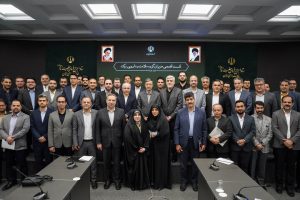
-
Safa Appointed as Barekat General Director

-
Barekat Health & Pharmaceutical Group at the 10th Iran Pharma Exhibition

-
Ali Safa visits Sobhan Oncology & Sobhan Darou
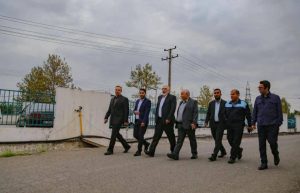
-
Pirsalehi & Safa visit Saman Daroo 8 Knowledge-based Company

-
Barekat Managing Director Visits Samen Pharmaceutical Company
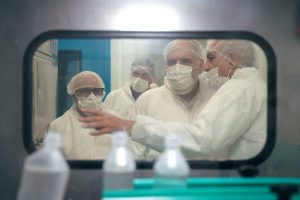
-
Honoring Pharmacists’ Day
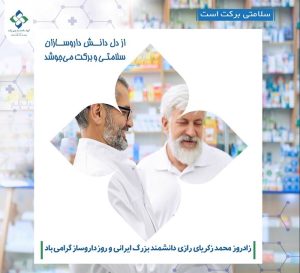
-
Barekat Top Executives Visiting to Barekat Hospital
